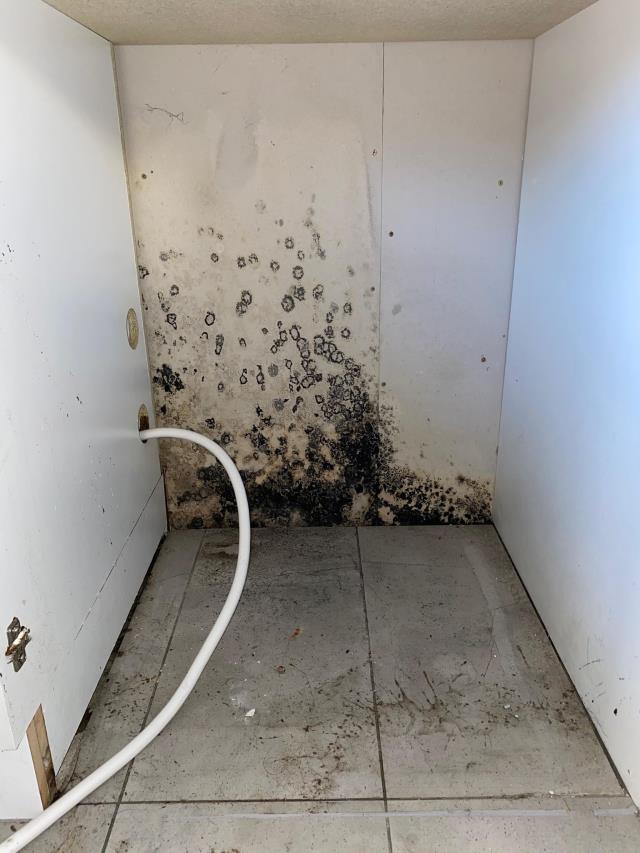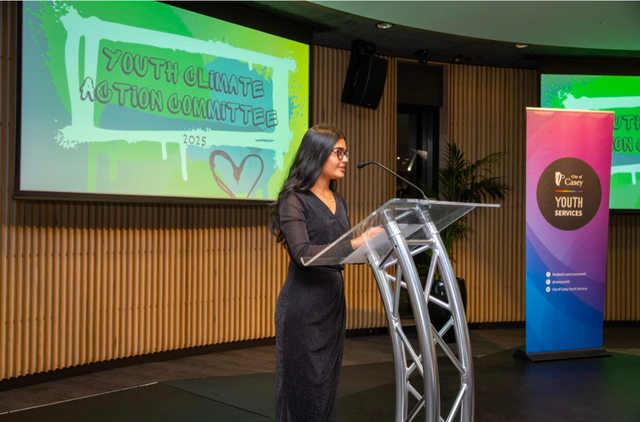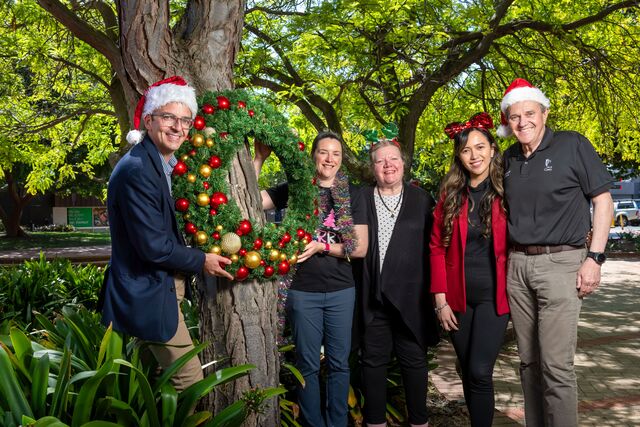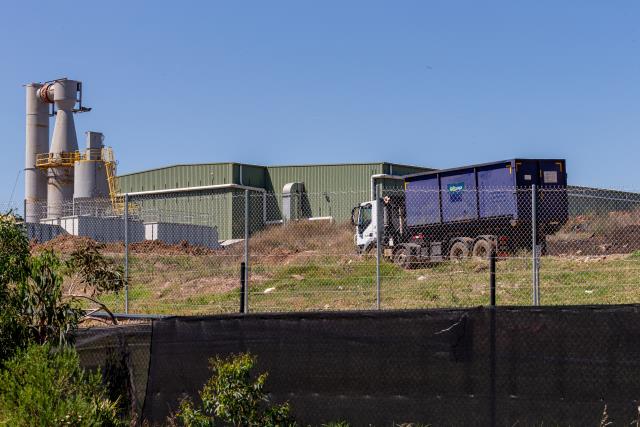A baby’s teeth start developing while they’re still in the womb.
So setting children up for good oral health starts early, the Australian Dental Association (ADA) says.
Baby teeth usually start to appear when babies are about 9 months old, often with the central bottom teeth.
But that timing can range from 3 to 12 months and the teeth can arrive in any order.
If your child doesn’t have any teeth by 12 months of age, the ADA says it’s best to have a check-up with a dentist.
Teething
Teething symptoms can include drooling, gum rubbing, biting or mouthing objects or being more irritable than usual.
Symptoms that should not automatically be associated with teething include difficulty sleeping, a loss of appetite, coughing, rashes, diarrhoea, vomiting, seizures, or a very high fever.
The ADA says it’s best to see your doctor if your child is experiencing these symptoms to rule out other illnesses.
Ways to soothe teething include cuddles, chilled teething rings and washcloths, rubbing a back of a cold spoon over the gums, or using a dummy.
Teething gels can provide relief at first, but the ADA warns this might only last for a short time as saliva washes the gel away.
Infants can swallow the gel and this can cause throat numbness, which is a choking hazard.
Amber beaded necklaces or bracelets are a potential choking hazard and the ADA says they’re unlikely to provide any pain relief for your teething child.
Dentist visits
Babies should first visit the dentist when their first tooth appears or by about age 1.
The ADA says the average Australian child’s first visit to the dentist is at age 4, by which point they might have already developed tooth decay.
Attending the dentist regularly from an early age can help to detect tooth decay early, prevent it from occurring, and help your child become comfortable with dental visits.
Brushing and flossing
Introduce a toothbrush when your baby gets their first tooth, brushing their teeth for them to ensure all surfaces are cleaned.
The ADA recommends using a toothbrush with a small head and soft bristles.
As children get older, start brushing with the aim of reaching two minutes.
Play a song, use a phone app with a brushing timer, or use a sticker chart.
Toothpaste should be introduced at 18 months, with low-fluoride toothpaste recommended until age 6.
Cleaning between your child’s teeth using floss is also recommended from about age 2.
Food and drink
The ADA says it’s important to limit your child’s sugary food and drink intake to decrease their risk of developing tooth decay.
Breast milk, water and milk are the best drink choices for healthy teeth and are the only liquids that should be placed in a baby’s bottle.
If you give your toddler some fruit juice, place it in a cup rather than a bottle and limit the amount provided to half a cup (125ml) per day.
Tooth health
You can check your child’s teeth by lifting their top lip and rolling down their bottom lip.
If you see white, brown, or black spots on the teeth that do not rub or brush away, make an appointment with your dentist as this can be a sign of tooth decay.
Young children learning to walk and move often experience bumps and falls.
If your baby or toddler knocks a tooth from their mouth, do not replace it as this might damage the adult tooth developing under the gum.
Take your child and the knocked-out tooth to a dentist as soon as possible.
They will review the tooth and check for damage to the surrounding bone, lips, cheeks and any other teeth.







